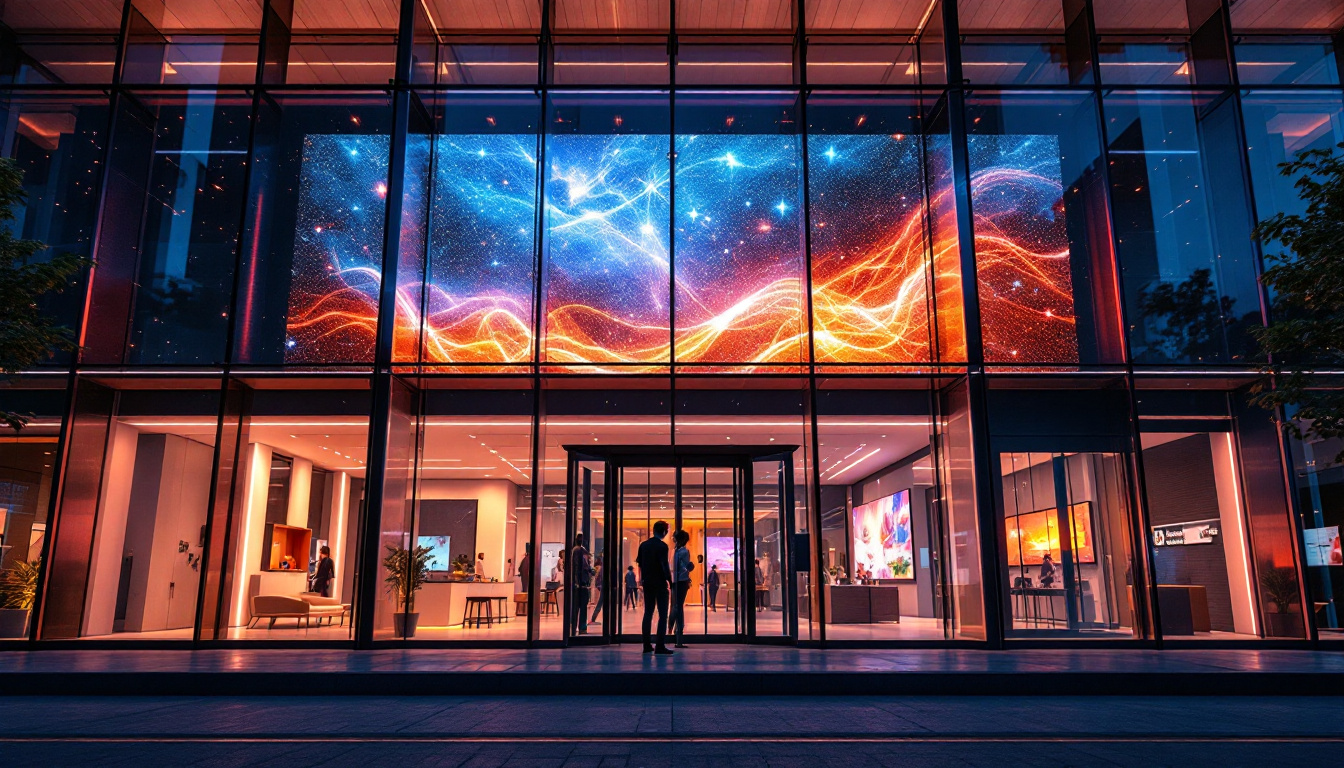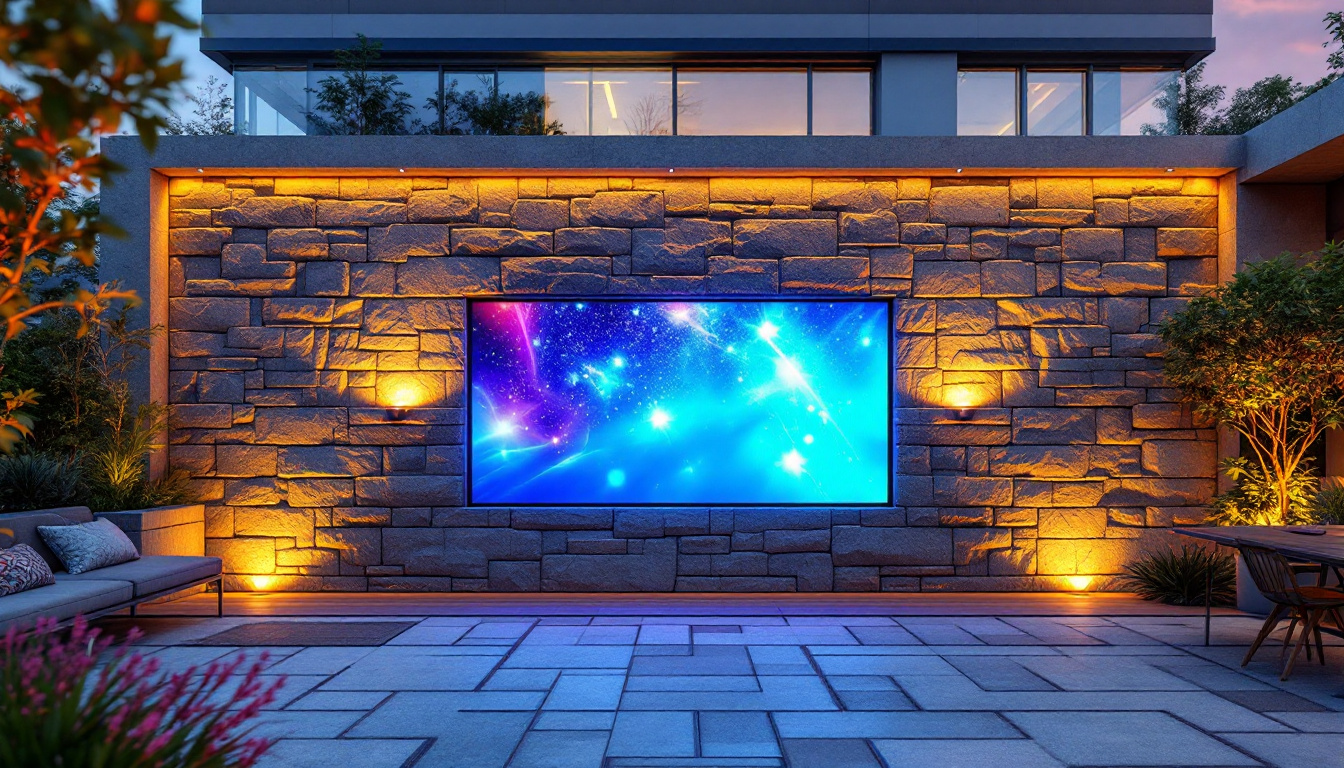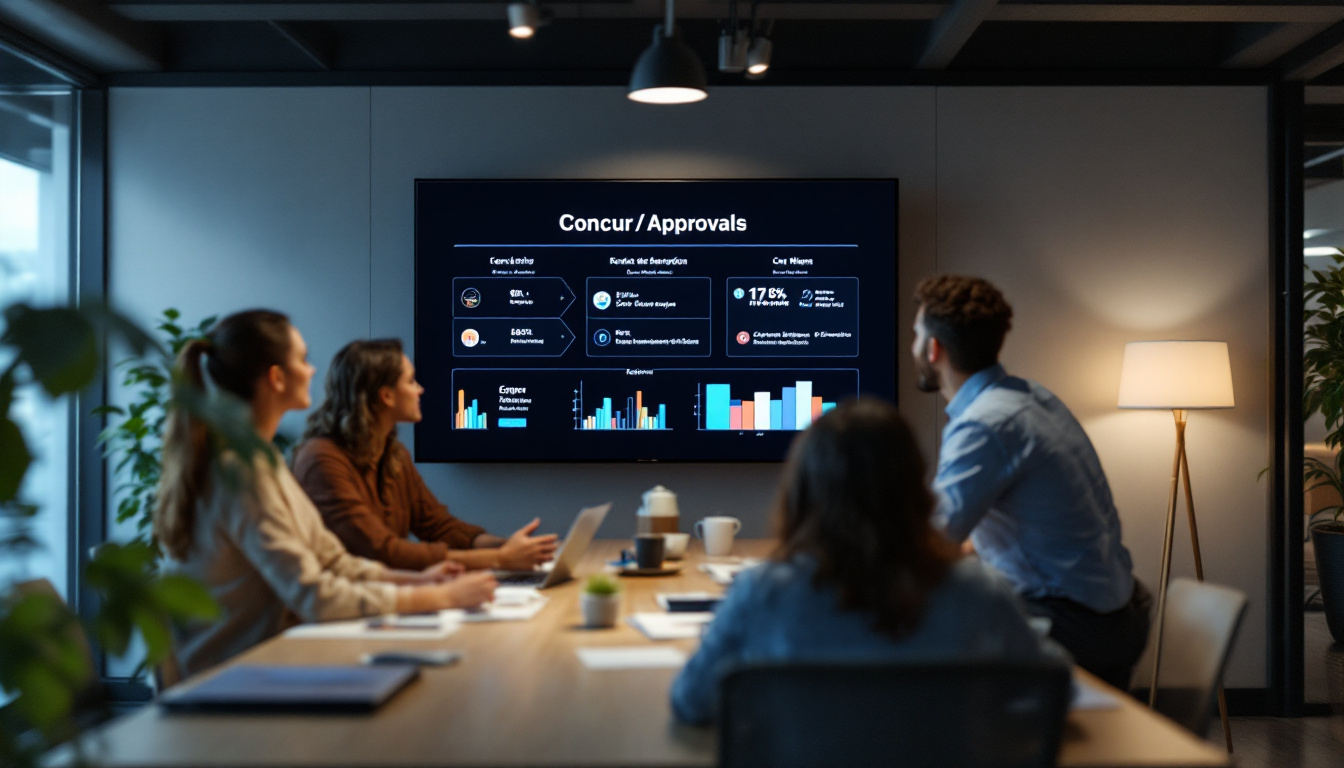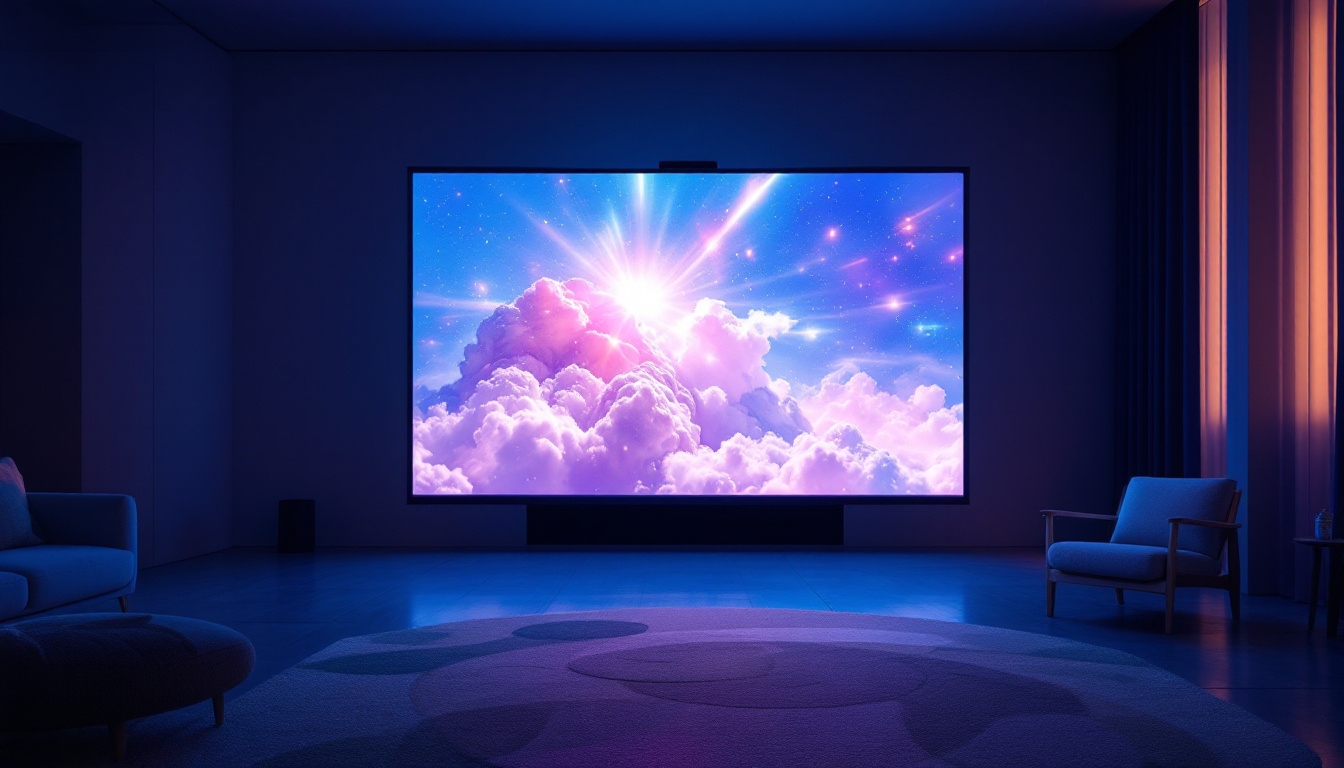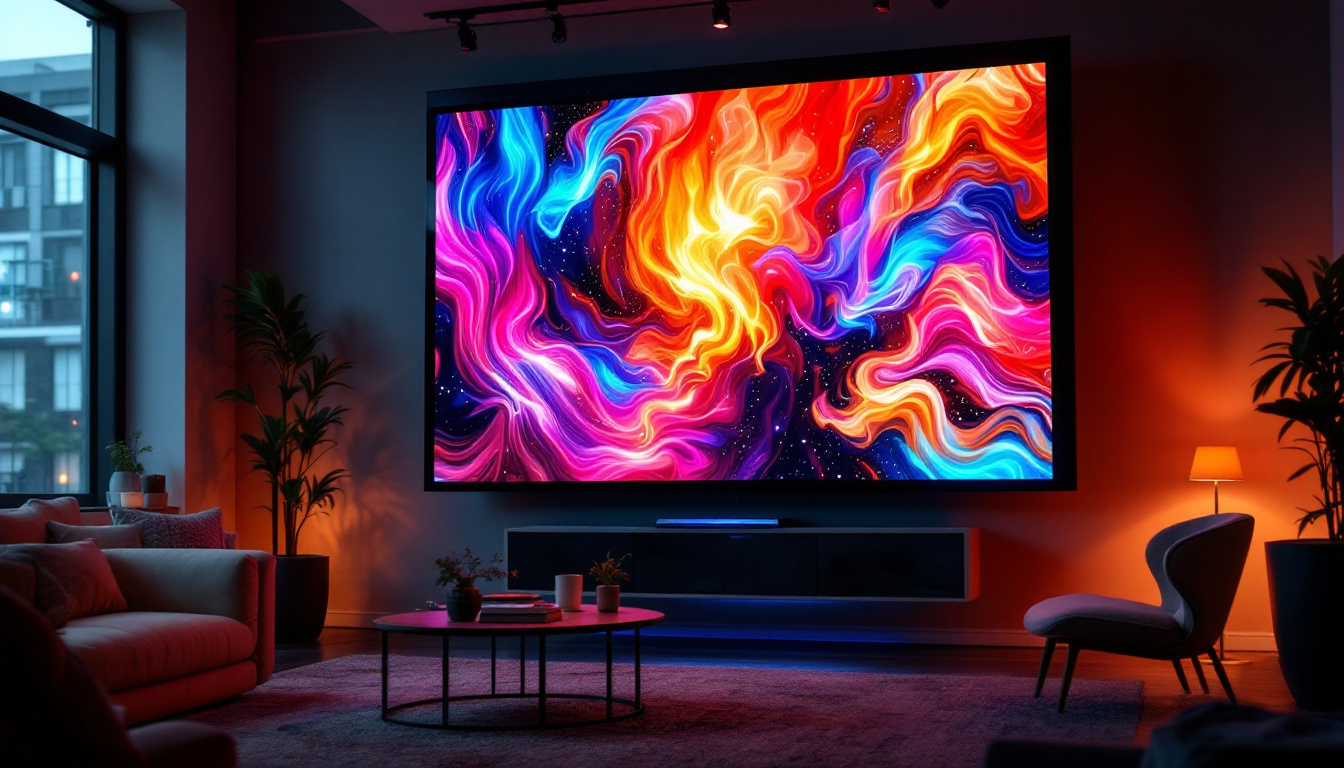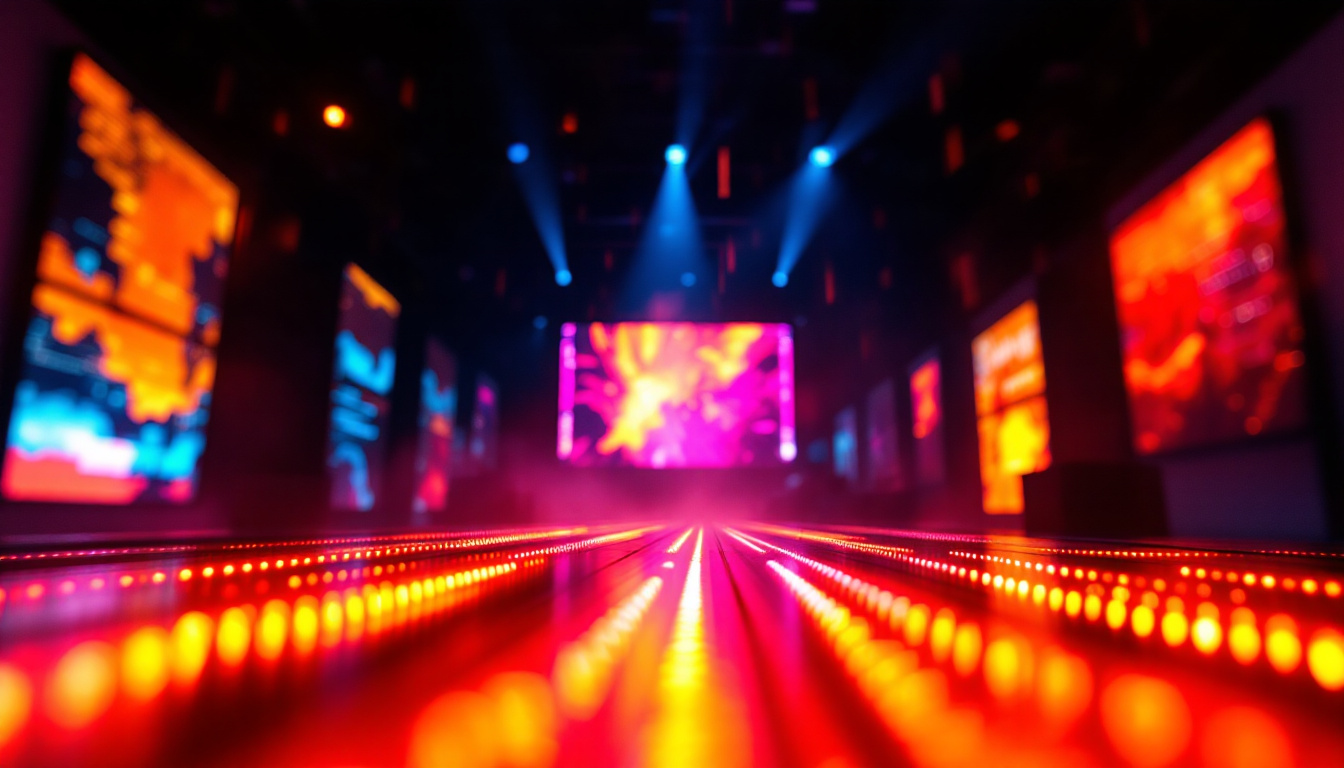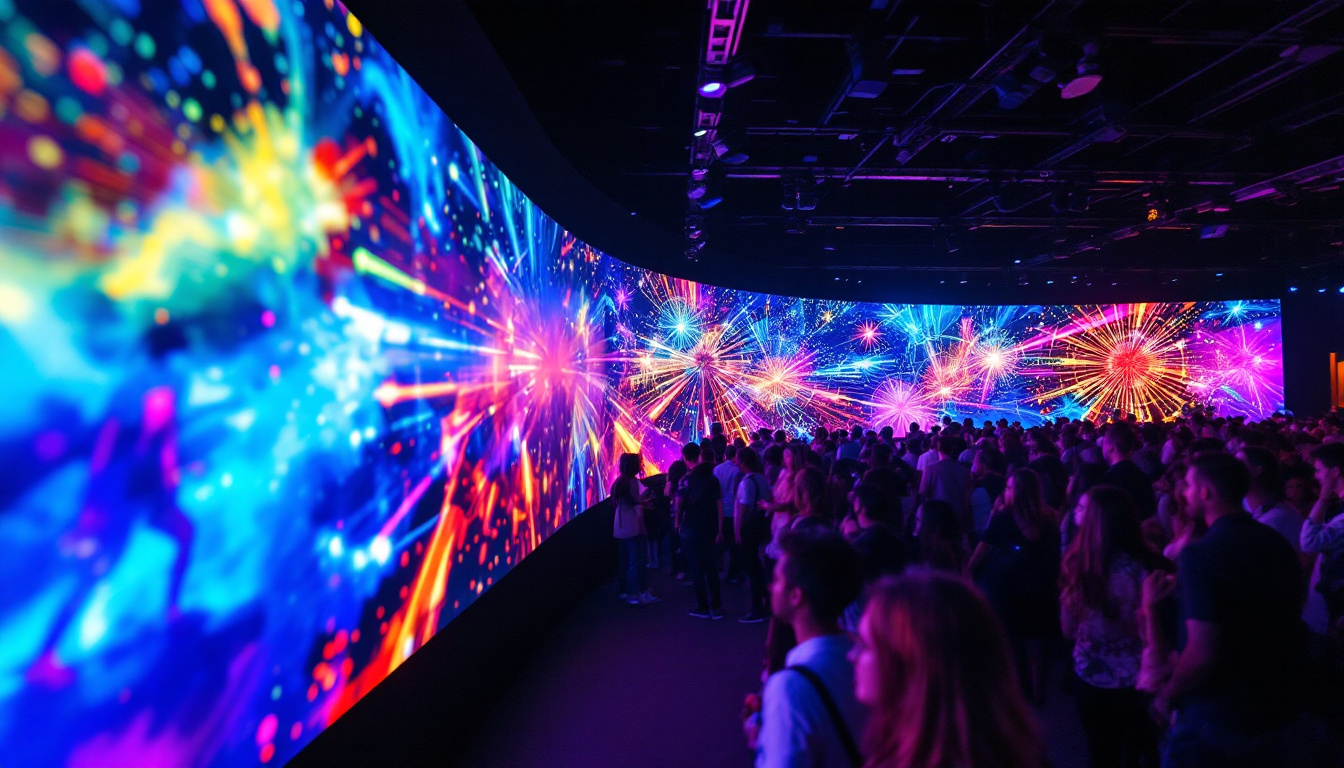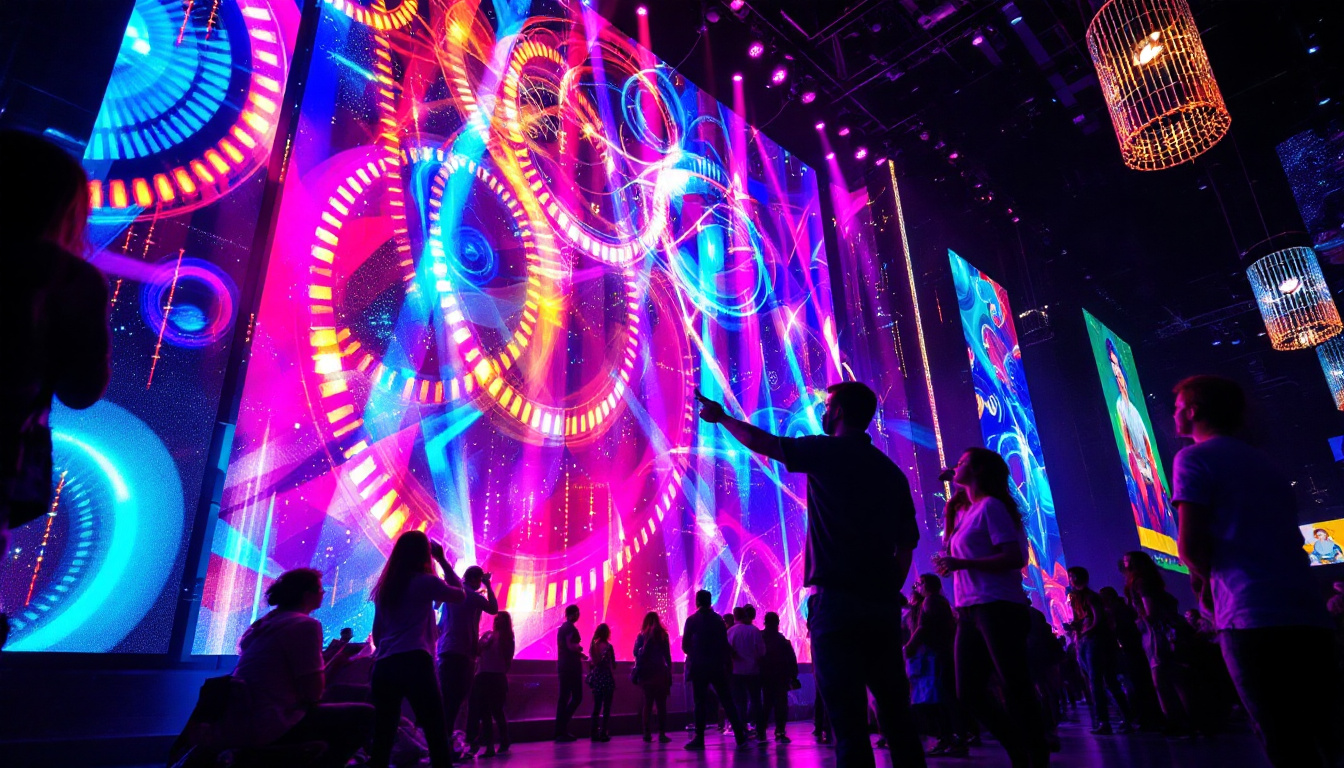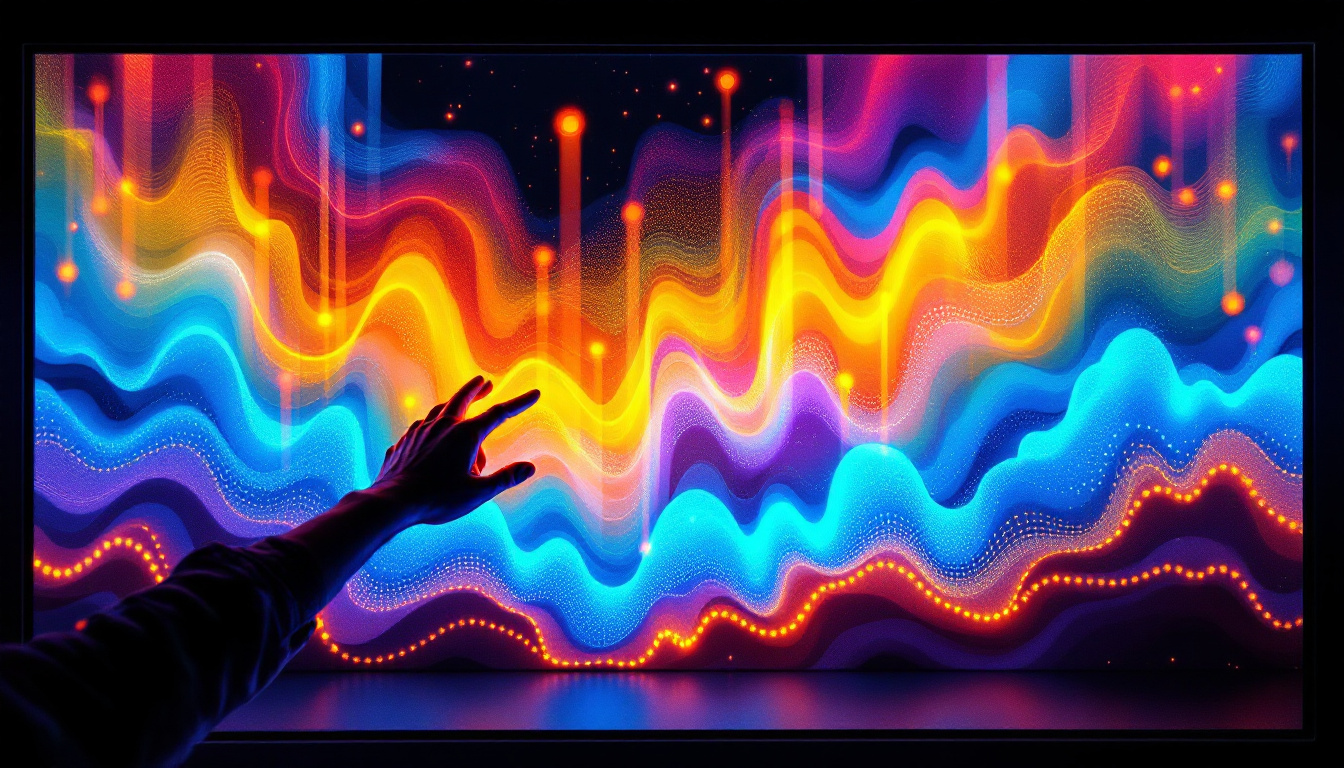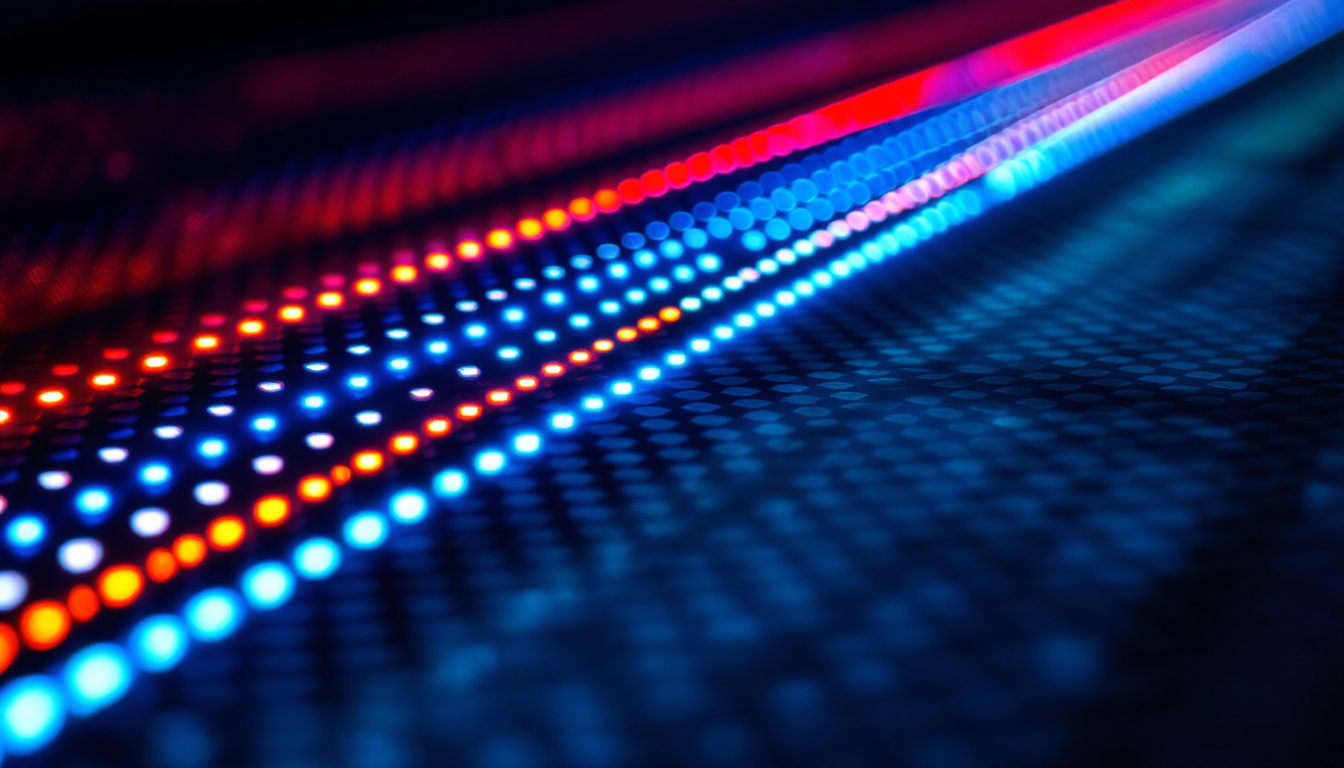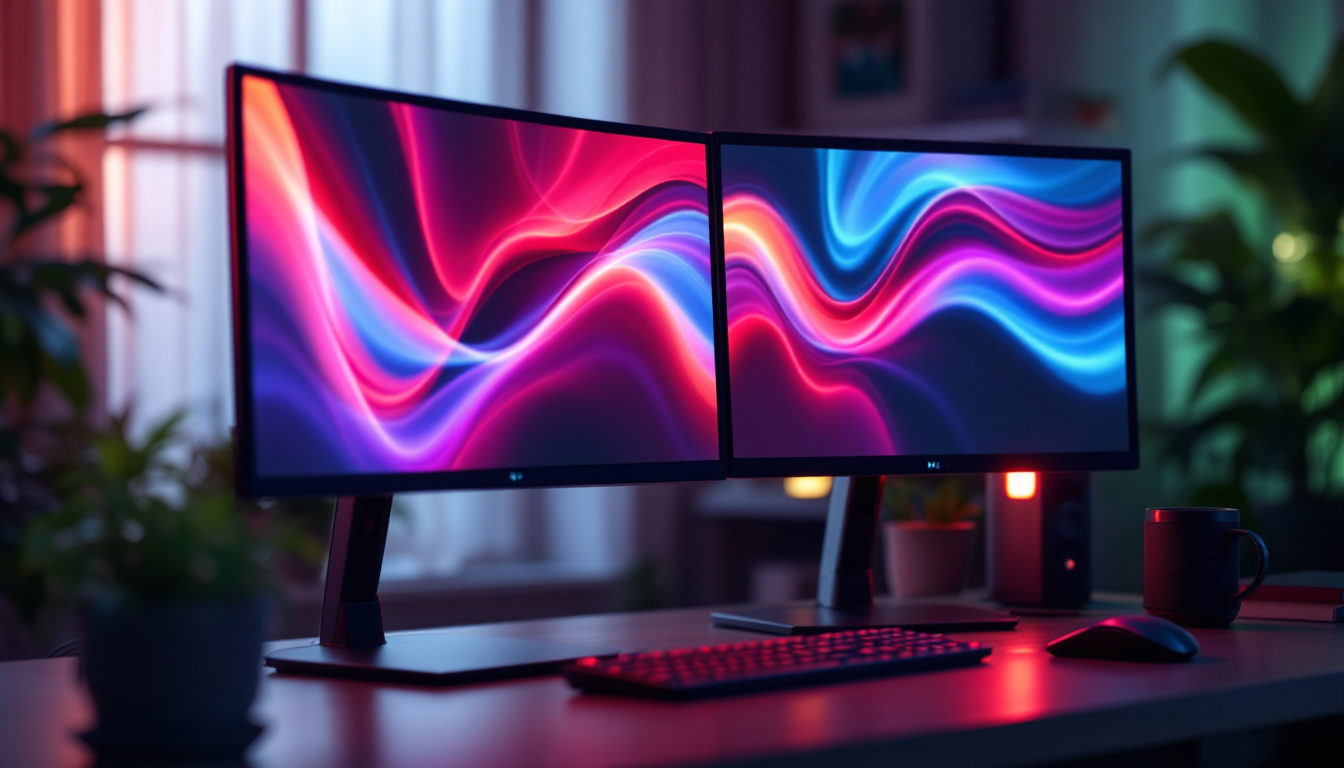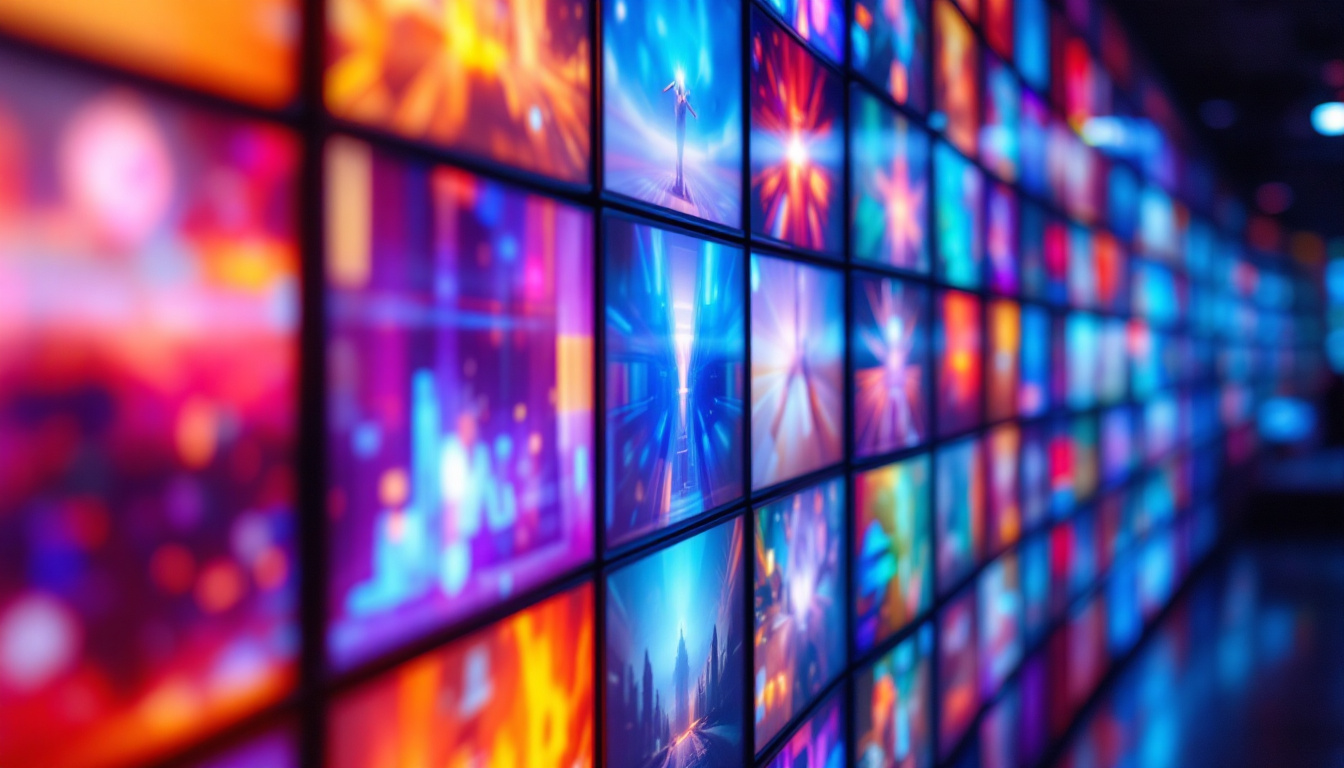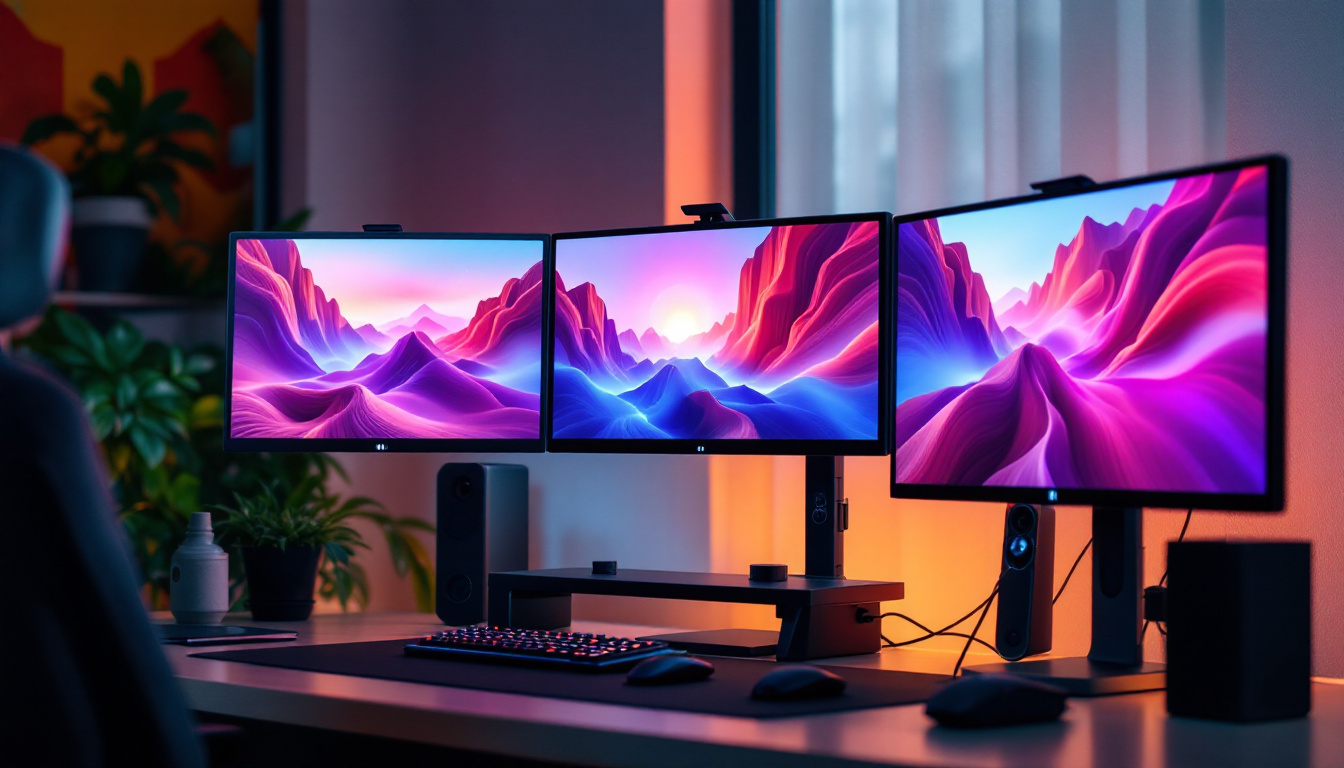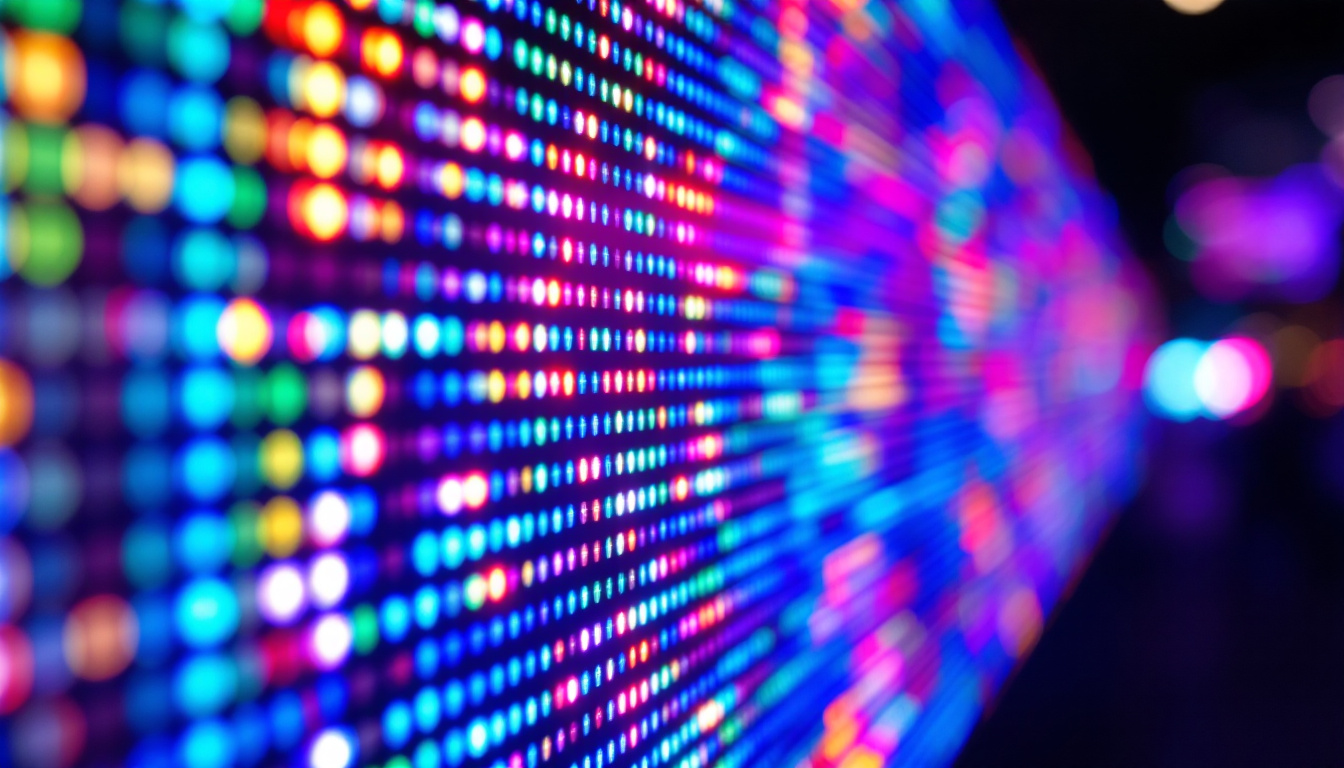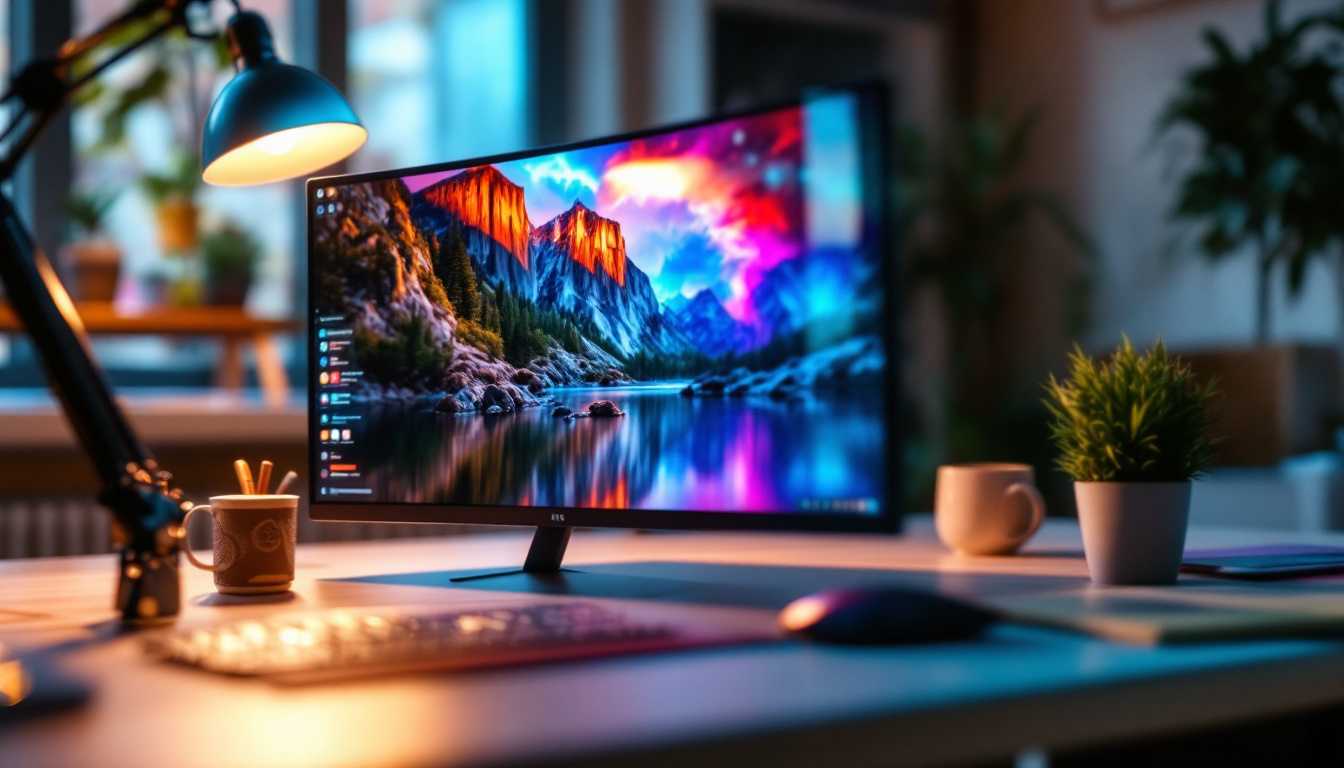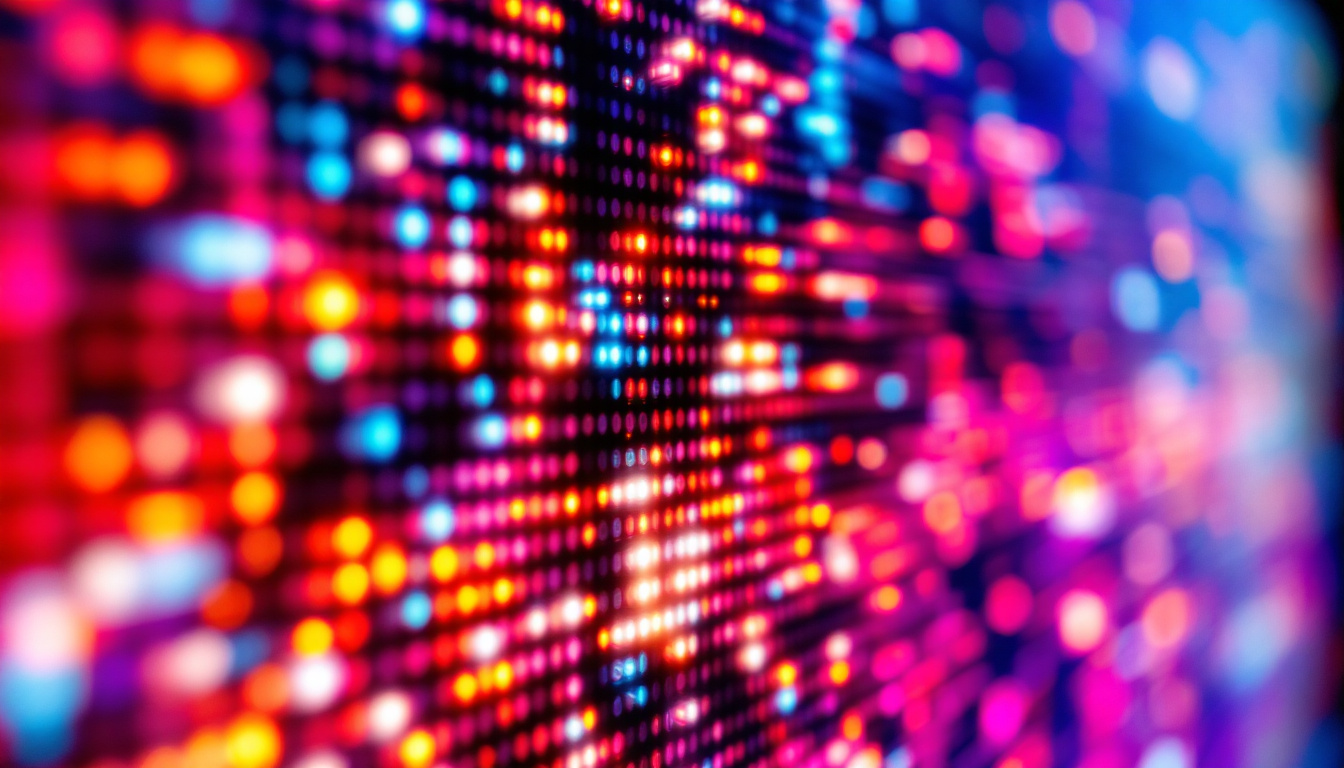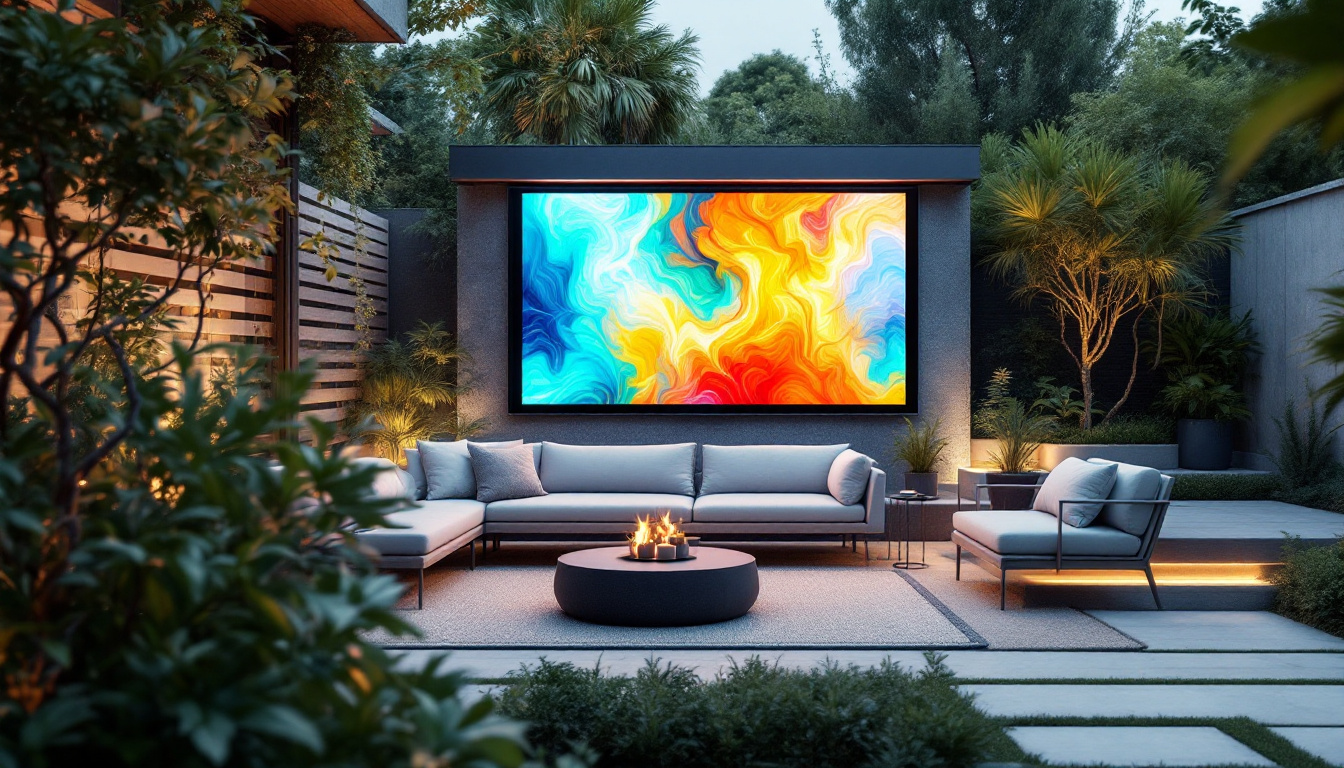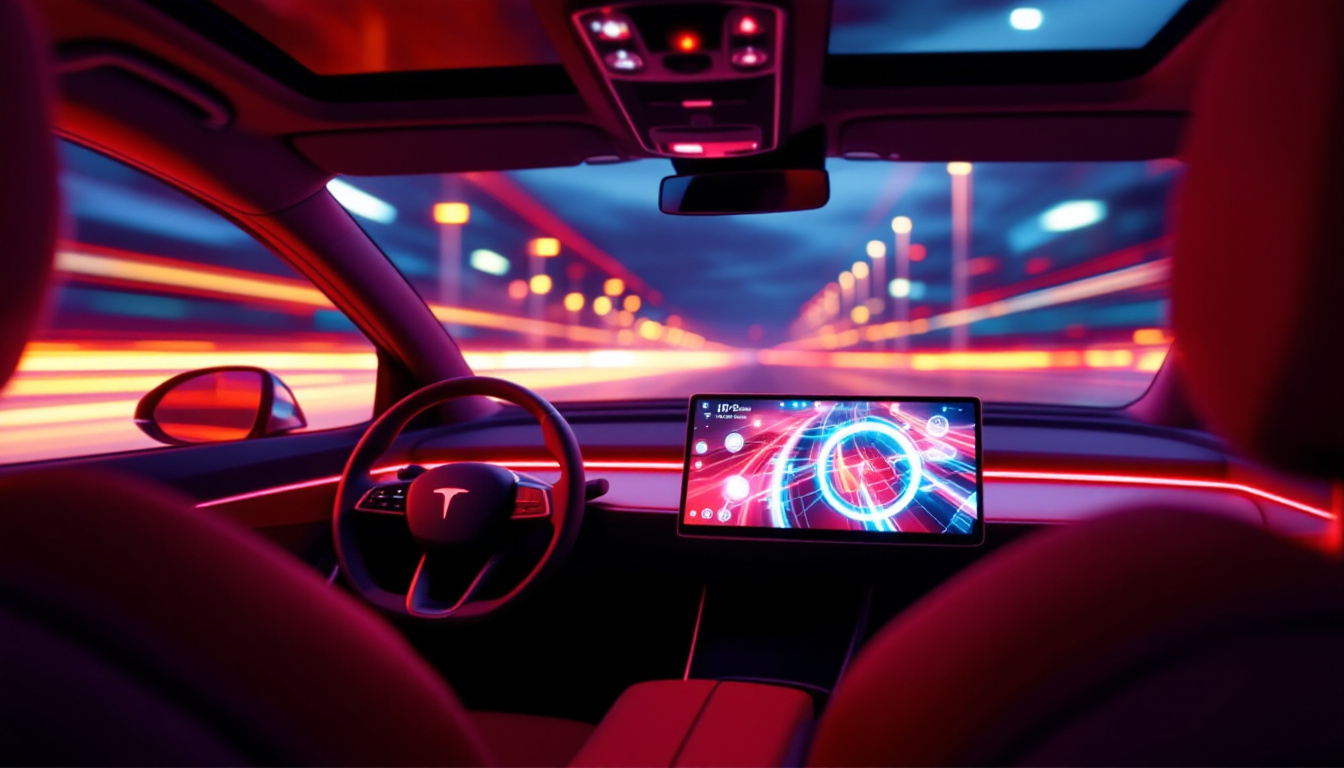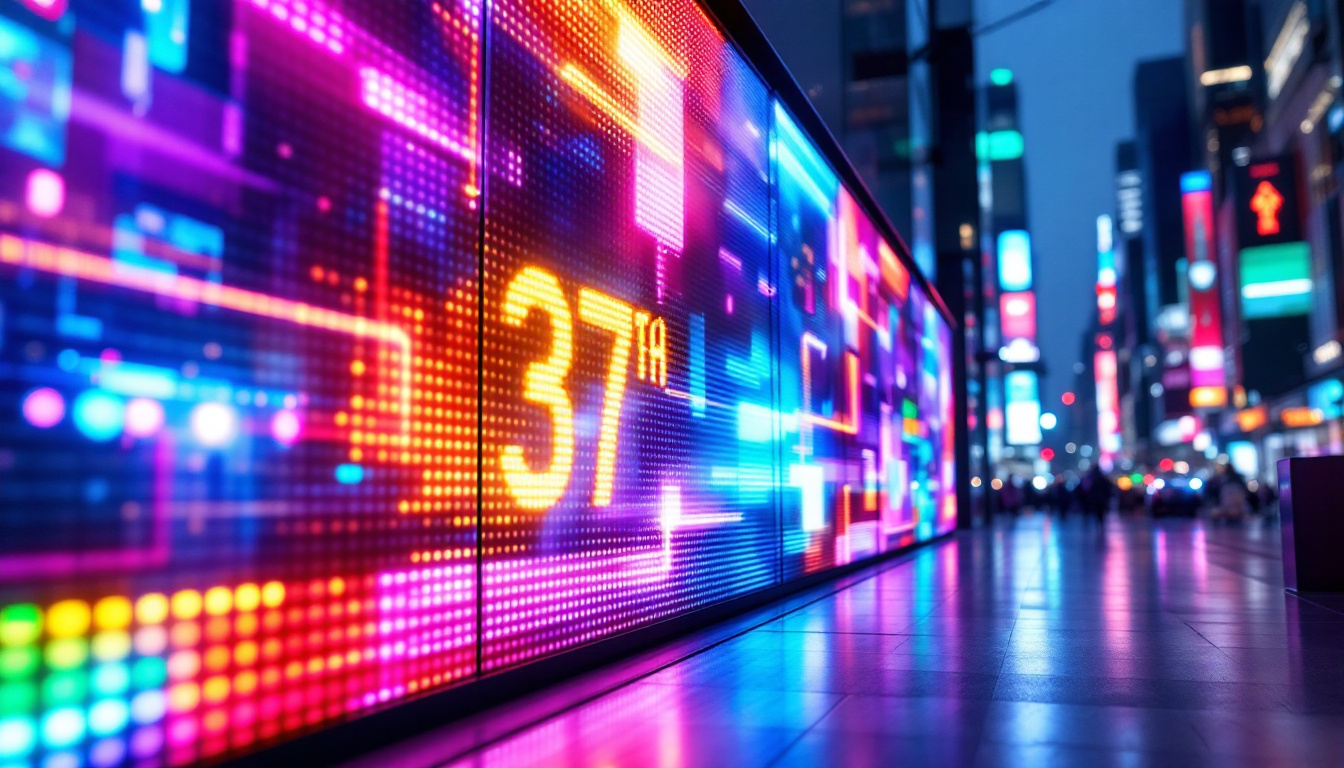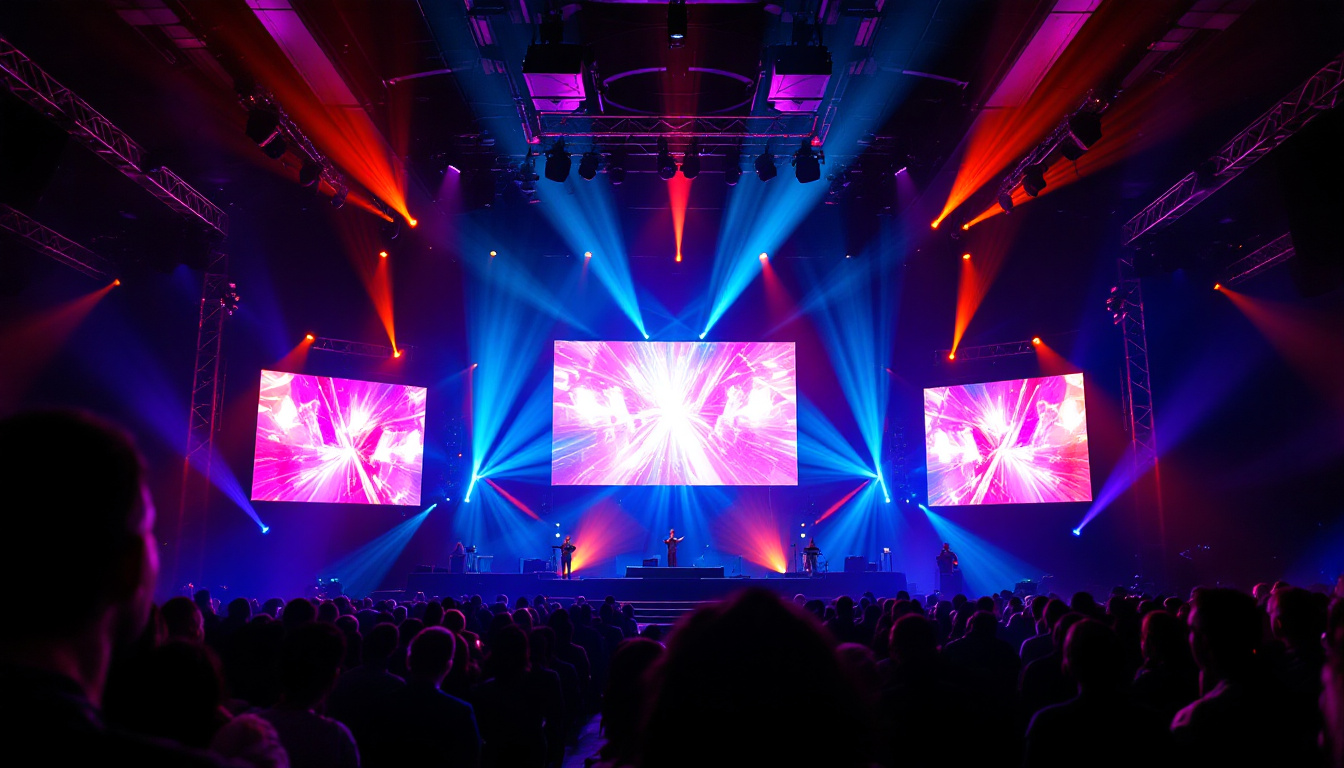The advancement of technology has transformed the way we interact with our environments, particularly in urban settings. One of the most significant developments in this area is the integration of LED displays into architectural designs. These displays not only serve as information hubs but also enhance the aesthetic appeal of buildings. A key concept in this integration is the Window Wall Ratio (WWR), which plays a crucial role in determining the effectiveness and efficiency of LED displays in architectural spaces. This article delves into the intricacies of WWR and its implications for LED displays.
Understanding Window Wall Ratio (WWR)
The Window Wall Ratio refers to the proportion of a building’s facade that is made up of windows or glass surfaces compared to the total wall area. This ratio is essential in architectural design as it influences natural light penetration, energy efficiency, and the overall visual impact of a structure. In the context of LED displays, WWR becomes particularly relevant as it affects how these displays are perceived and how effectively they function.
The Importance of WWR in Architecture
Architects and designers consider WWR when planning a building’s layout and aesthetic. A higher WWR can lead to increased natural light, which is beneficial for occupant comfort and energy savings. However, it also raises concerns about glare and heat gain, which can negatively impact indoor environments. Conversely, a lower WWR may enhance privacy and reduce energy costs but can result in darker interiors.
Incorporating LED displays into a building’s facade requires careful consideration of the WWR. The display’s visibility, brightness, and overall impact can be significantly influenced by the amount of glass present. Thus, finding the right balance is essential for maximizing both functionality and aesthetic appeal. Additionally, the choice of glazing materials can further enhance the performance of the facade, with options such as low-emissivity glass or tinted windows providing solutions to manage heat gain and glare while still allowing ample light to enter the space.
WWR and Energy Efficiency
Energy efficiency is a critical consideration in modern architecture, and WWR plays a significant role in this aspect. A well-calculated WWR can help reduce the reliance on artificial lighting, thereby lowering energy consumption. For buildings equipped with LED displays, this becomes even more relevant, as the displays themselves consume power.
By optimizing the WWR, architects can create spaces that not only look good but also operate efficiently. For instance, if a building’s facade is designed to minimize glare while maximizing natural light, it can significantly reduce the energy required for both lighting and cooling systems. Moreover, the integration of smart technologies, such as automated shading systems that respond to sunlight intensity, can further enhance energy efficiency. These systems can adjust in real-time to external conditions, ensuring that occupants enjoy a comfortable environment without excessive energy use.
LED Displays: A New Era in Architectural Design
LED displays have revolutionized the way information is conveyed in public spaces. Their vibrant colors and dynamic content make them an effective medium for advertising, public announcements, and artistic expression. As urban landscapes evolve, the integration of LED displays into building facades has become increasingly common.
Types of LED Displays
There are several types of LED displays that can be utilized in architectural settings, each with its own unique characteristics. The most common types include:
- Direct View LED: These displays consist of individual LED modules that create a seamless image. They are often used for large-scale installations due to their brightness and clarity.
- LED Video Walls: Composed of multiple smaller screens, these walls can display high-resolution content and are often used in event spaces and public squares.
- Transparent LED Displays: These innovative displays allow for visibility through the screen, making them ideal for storefronts and building facades where maintaining a view is essential.
Benefits of Integrating LED Displays
The integration of LED displays into architectural designs offers numerous benefits. Firstly, they enhance communication by providing real-time information to the public. Whether it’s a news update, an advertisement, or an artistic display, LED screens can capture attention and convey messages effectively.
Moreover, LED displays contribute to the overall aesthetics of a building. They can be designed to complement the architectural style, adding a modern touch that attracts visitors and enhances the urban landscape. This integration not only benefits businesses but also enhances the cultural vibrancy of a city.
Challenges of LED Display Integration
While the benefits of integrating LED displays into architectural designs are significant, there are also challenges that need to be addressed. Understanding these challenges is crucial for architects and designers looking to implement effective solutions.
Regulatory Considerations
One of the primary challenges in integrating LED displays is navigating the regulatory landscape. Many cities have strict regulations regarding signage, especially in historic districts or areas with specific aesthetic guidelines. It is essential for designers to be aware of these regulations to avoid potential legal issues and ensure that their designs comply with local laws.
Additionally, considerations around light pollution and glare must be taken into account. The brightness of LED displays can cause discomfort to pedestrians and nearby residents if not properly managed. Therefore, careful planning and design are necessary to mitigate these effects.
Technical Limitations
Another challenge involves the technical aspects of LED displays. Factors such as resolution, brightness, and energy consumption must be carefully considered to ensure that the display functions effectively in its intended environment. For example, a display that is too bright may cause glare, while one that is not bright enough may be difficult to see in daylight.
Furthermore, the integration of LED displays into a building’s facade requires advanced engineering and design techniques. Structural considerations must be made to support the weight and installation of the display, ensuring safety and durability.
Designing with WWR and LED Displays in Mind
To achieve a harmonious integration of LED displays and architectural design, it is vital to consider WWR from the outset. This approach ensures that both elements complement each other, enhancing the overall functionality and aesthetic appeal of the building.
Strategic Placement of Displays
The placement of LED displays is crucial to their effectiveness. By analyzing the WWR, designers can determine the optimal locations for displays that maximize visibility while minimizing glare. For instance, placing displays on walls with a higher WWR can enhance their visibility and impact, as these areas typically receive more natural light.
Moreover, strategic placement can also help in reducing energy consumption. By utilizing natural light to illuminate the space, the need for artificial lighting can be minimized, allowing the LED displays to shine without overwhelming the environment.
Balancing Aesthetics and Functionality
Finding the right balance between aesthetics and functionality is essential in architectural design. LED displays should not only serve their purpose but also enhance the building’s overall design. This can be achieved by selecting displays that complement the architectural style and using creative design elements to integrate them seamlessly into the facade.
For example, incorporating LED displays into a building’s design can be done in a way that highlights the structure’s unique features. This approach not only adds visual interest but also reinforces the building’s identity within the urban landscape.
The Future of WWR and LED Displays
The future of architectural design is undoubtedly intertwined with advancements in LED technology and the principles of WWR. As cities continue to evolve, the integration of these elements will play a pivotal role in shaping the urban experience.
Emerging Technologies
As technology continues to advance, new possibilities for LED displays are emerging. Innovations such as dynamic content management systems and interactive displays are set to revolutionize how information is conveyed in public spaces. These technologies will allow for more engaging and personalized experiences, further enhancing the role of LED displays in architecture.
Moreover, the development of energy-efficient LED technologies will contribute to more sustainable building practices. By reducing energy consumption and minimizing environmental impact, architects can create spaces that are not only visually appealing but also environmentally responsible.
Redefining Urban Spaces
The integration of LED displays and thoughtful WWR design has the potential to redefine urban spaces. As cities become more densely populated, the need for effective communication and aesthetic appeal will grow. LED displays can serve as vital tools in this transformation, providing information, entertainment, and artistic expression in public spaces.
By embracing innovative design principles and technologies, architects can create urban environments that are not only functional but also vibrant and engaging. The future of architecture lies in the ability to harmonize these elements, ultimately enhancing the quality of life for urban dwellers.
Conclusion
The Window Wall Ratio is a fundamental concept in architectural design that significantly impacts the integration of LED displays. By understanding the relationship between WWR and LED technology, architects and designers can create spaces that are both functional and visually appealing. As the urban landscape continues to evolve, the thoughtful integration of these elements will play a crucial role in shaping the future of architecture.
In conclusion, the synergy between WWR and LED displays offers exciting opportunities for innovation in architectural design. By addressing the challenges and embracing emerging technologies, the potential for creating dynamic, engaging, and sustainable urban environments is limitless. The journey towards a more integrated and visually captivating urban experience is just beginning.
Illuminate Your Space with LumenMatrix
Ready to elevate your architectural projects with the perfect blend of functionality and visual appeal? Discover LumenMatrix’s comprehensive range of LED display solutions, from vibrant Indoor and Outdoor LED Wall Displays to innovative Transparent and Custom LED Displays. Embrace the future of visual communication with our cutting-edge technology designed to captivate audiences and amplify your message. Check out LumenMatrix LED Display Solutions today and transform your space into a dynamic, engaging environment.

